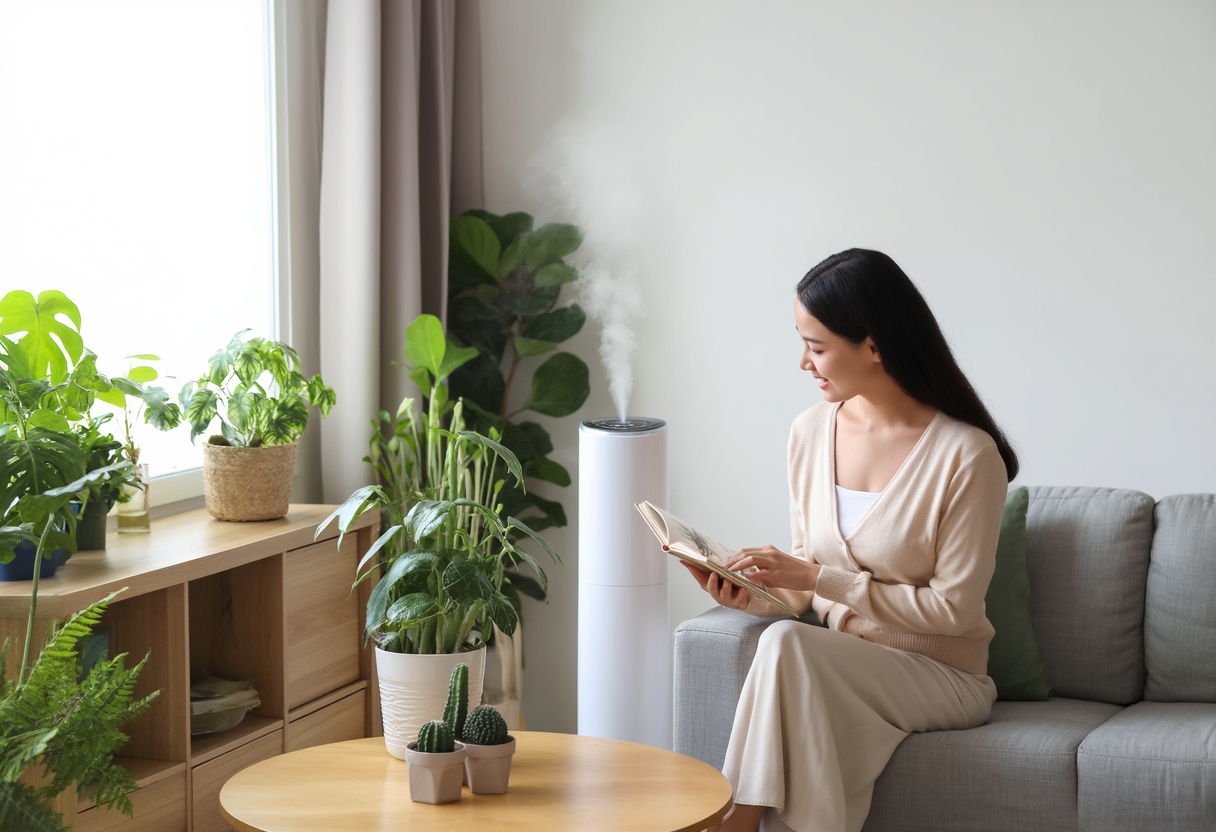The Secret Benefits of Indoor Plants: Why You Should Start Growing Them Today!
Indoor plants not only enhance home aesthetics but also improve mental health and indoor air quality. Discover the manifold benefits of incorporating indoor plants into your living spaces. This article delves into various types of indoor plants, their maintenance requirements, and their positive impacts on well-being. Uncover why integrating greenery is essential for a happier home environment.
The Multifaceted Advantages of Indoor Plants
Indoor plants serve as a dynamic addition to any household, providing both beauty and functionality. First and foremost, indoor plants purify the air, absorbing toxins and producing oxygen, which significantly improves indoor air quality. Various studies have shown that simply having indoor plants can lead to remarkable improvements in health, including reduced stress levels and increased productivity. For example, plants like the snake plant and peace lily are renowned for their air-purifying abilities. Beyond just aesthetics, indoor plants become vital components for creating healthier living spaces. Therefore, it’s evident that the benefits of indoor plants extend far beyond mere decoration—they promote well-being in multiple dimensions.
Boosting Mental Health with Indoor Plants
The positive effects of indoor plants on mental health can’t be overstated. Research indicates that indoor plants can lower stress levels, improve mood, and even enhance cognitive function. Furthermore, the act of caring for indoor plants fosters a sense of responsibility and creates a connection with nature, which is especially important in urban settings. The calming colors and textures of indoor plants contribute to a serene environment, making work-from-home spaces more enjoyable. Importantly, integrating indoor plants into your daily life can lead to emotional stability as they offer a sense of purpose.
Selecting the Right Indoor Plants for Your Space
Choosing the right indoor plants is crucial in maximizing their benefits. Factors such as light availability, humidity, and personal style should guide your selection process. Low-maintenance options like succulents and pothos are perfect for beginners, while more demanding varieties like orchids may require a higher level of expertise. Moreover, consider the size of your space; larger plants, like fiddle leaf figs, can serve as statement pieces, while smaller ones, such as desk plants, provide a touch of greenery without overwhelming the surroundings. Each indoor plant species possesses unique characteristics that can cater to various environmental conditions and user preferences.
Creating a Stress-Free Environment with Indoor Plants
Transforming your space into a stress-free sanctuary with indoor plants is easier than you think. Strategic placement of plants can create visual barriers that soothe the mind and enhance relaxation. Studies suggest that incorporating greenery into your living spaces can lead to a reduction in anxiety and an increase in creativity. This concept aligns with biophilia—the human inclination to connect with nature. By surrounding yourself with indoor plants, you are not just decorating; you are nurturing a tranquil atmosphere that promotes well-being.
The Role of Indoor Plants in Workplace Productivity
The integration of indoor plants into workspaces has been shown to significantly increase productivity. Studies illustrate that people who work in environments with indoor plants experience heightened focus and creativity. The presence of greenery not only beautifies the space but also enhances employee morale and job satisfaction. Furthermore, indoor plants can reduce sick leave among employees, contributing to overall workplace efficiency. Emphasizing the importance of nature at work will foster a more engaged and productive workforce.
Creating an Indoor Garden: Tips and Tricks
Building an indoor garden may seem daunting, but it can be a highly rewarding endeavor. Start by selecting plants that thrive in your home's natural conditions. Utilize vertical space by hanging plants or installing shelves, which can contribute to an aesthetically pleasing and functional garden. Don’t forget to rotate your indoor plants to ensure they receive equal sunlight exposure! Moreover, establishing a regular care schedule is essential to keep your plants healthy. The more effort you invest in your indoor garden, the more benefits you will reap from your indoor plants.
